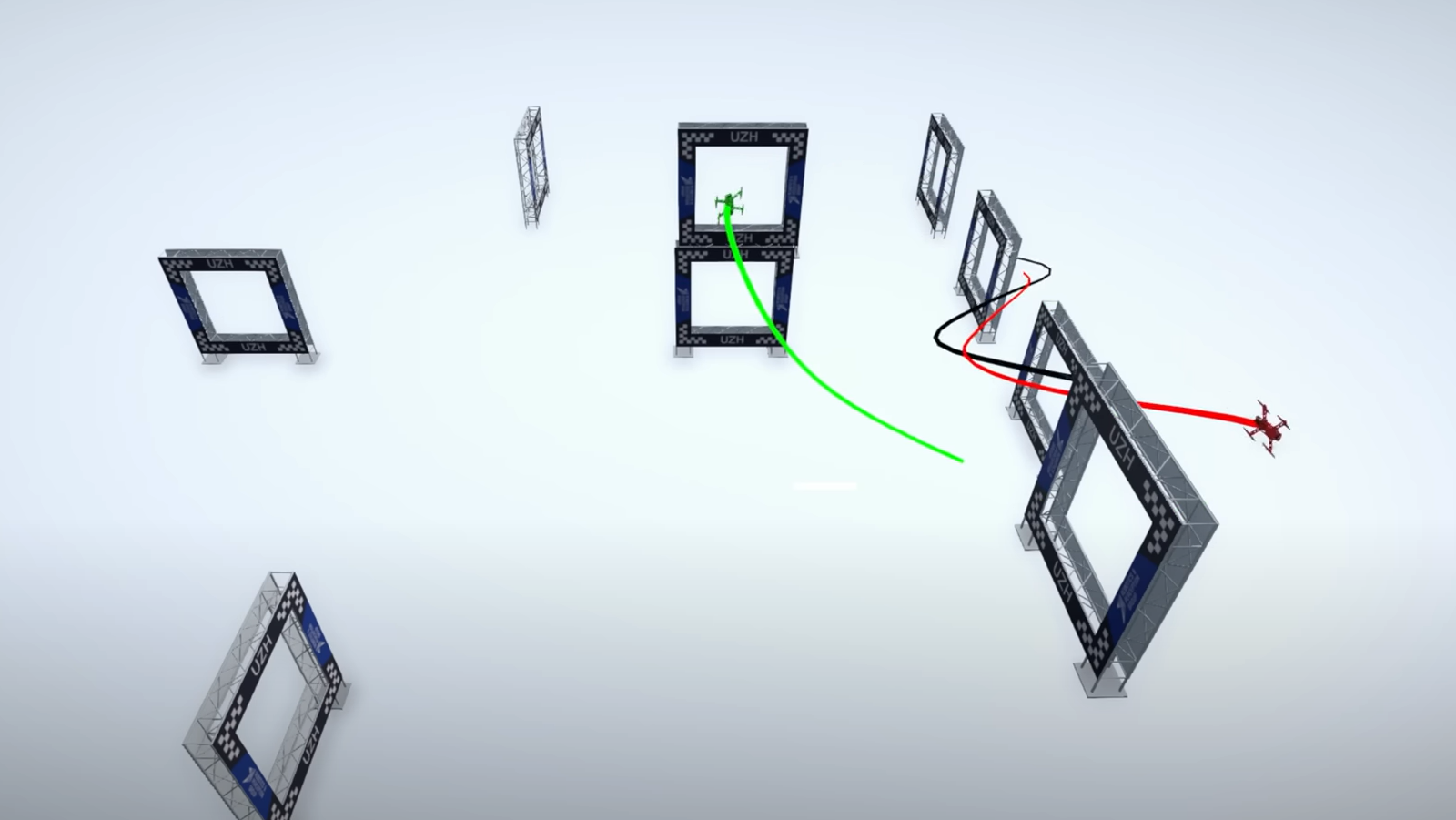Mole crab robot burrows in the sand using flexible legs

Breakthrough new technologies tend to require small incremental developments. For example, physicist Julius Edgar Lilienfeld filed a patent for a transistor in 1925. But it was not possible to make transistors until semiconductor production caught up in 1947, which necessitated decades of "boring" materials research. Such research may seem trivial, but often turns out to be important for the big picture. That's probably the case with this burrowing mole-crab robot, called EMBUR, built by engineers at UC Berkeley.
This Arduino Due controlled robot can bury itself in soft substrates like a mole crab in the sand. In the wild, mole crabs can bury their bodies in sand in seconds. It's surprisingly difficult to replicate, as wriggling robots tend to push themselves on sand. The key to this robot's digging ability is a special set of flexible legs. The Arduino spins motors that spin an alternating mechanism to operate fabric-covered legs. As the legs push forward into the substrate, the fabric bends to decrease resistance. Then when the legs move back, the fabric unrolls and creates resistance for propulsion.
It may sound like a novelty, but this practical development actually has important and far-reaching applications. Robots that can dig into the ground have many uses, from underground data collection to space exploration. Asteroids, for example, are often made of gravel-like rock held together by gravity. If a robot could make its way through such asteroids, it could analyze their composition and determine if the material is suitable for mining. Here on Earth, a burrowing robot would be useful in agriculture, construction, and many scientific fields.


Breakthrough new technologies tend to require small incremental developments. For example, physicist Julius Edgar Lilienfeld filed a patent for a transistor in 1925. But it was not possible to make transistors until semiconductor production caught up in 1947, which necessitated decades of "boring" materials research. Such research may seem trivial, but often turns out to be important for the big picture. That's probably the case with this burrowing mole-crab robot, called EMBUR, built by engineers at UC Berkeley.
This Arduino Due controlled robot can bury itself in soft substrates like a mole crab in the sand. In the wild, mole crabs can bury their bodies in sand in seconds. It's surprisingly difficult to replicate, as wriggling robots tend to push themselves on sand. The key to this robot's digging ability is a special set of flexible legs. The Arduino spins motors that spin an alternating mechanism to operate fabric-covered legs. As the legs push forward into the substrate, the fabric bends to decrease resistance. Then when the legs move back, the fabric unrolls and creates resistance for propulsion.
It may sound like a novelty, but this practical development actually has important and far-reaching applications. Robots that can dig into the ground have many uses, from underground data collection to space exploration. Asteroids, for example, are often made of gravel-like rock held together by gravity. If a robot could make its way through such asteroids, it could analyze their composition and determine if the material is suitable for mining. Here on Earth, a burrowing robot would be useful in agriculture, construction, and many scientific fields.
What's Your Reaction?






















